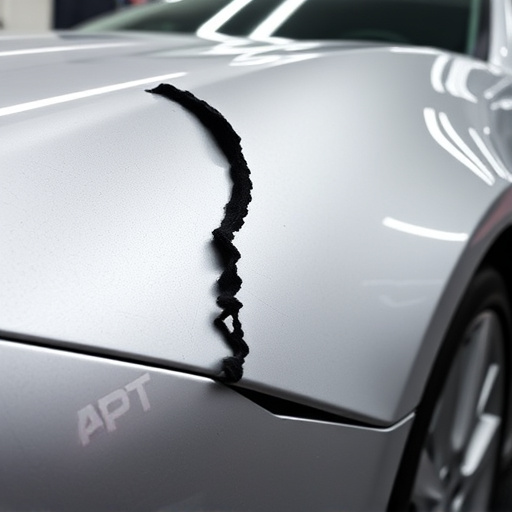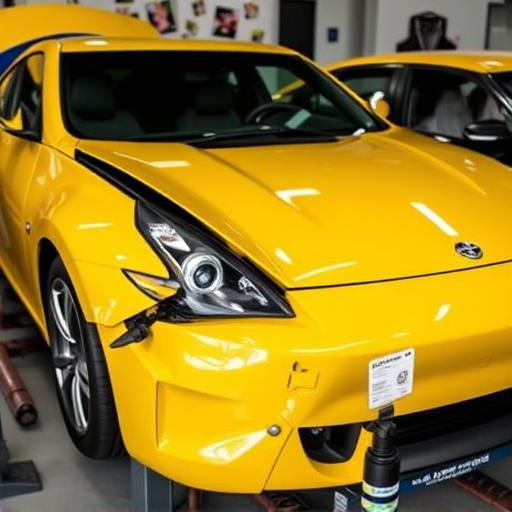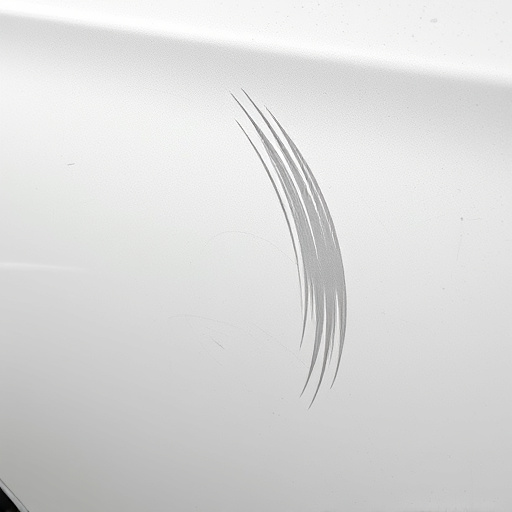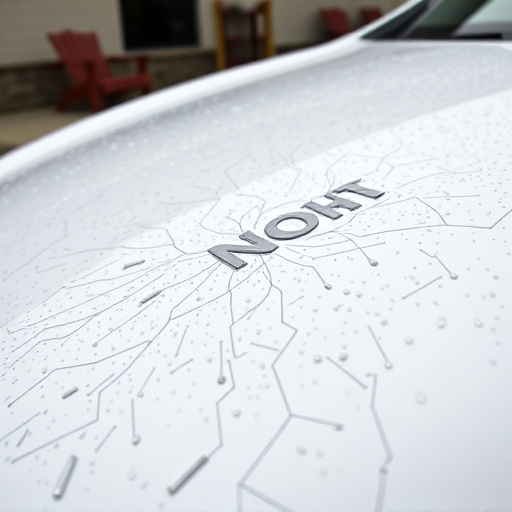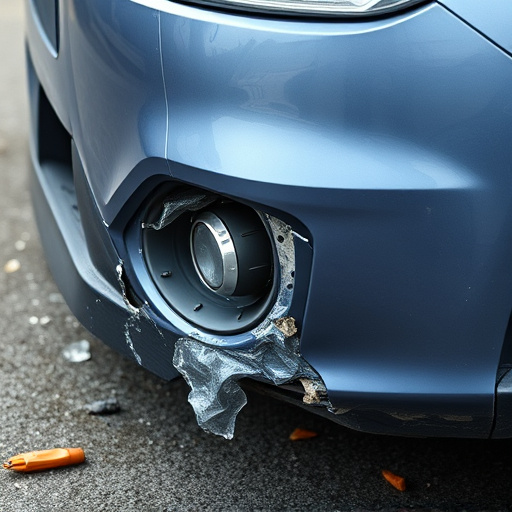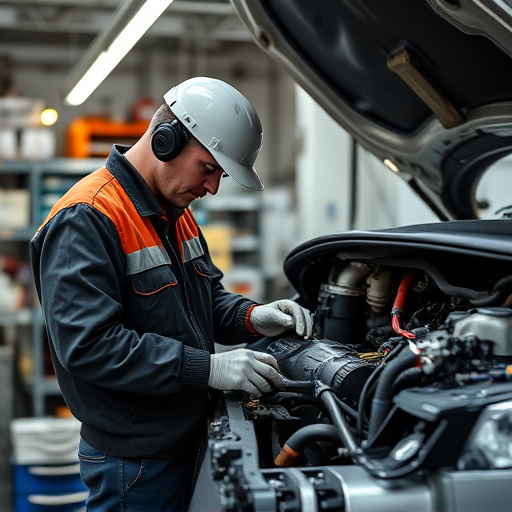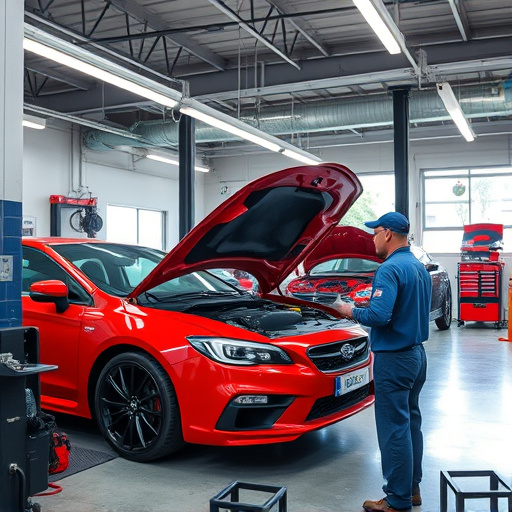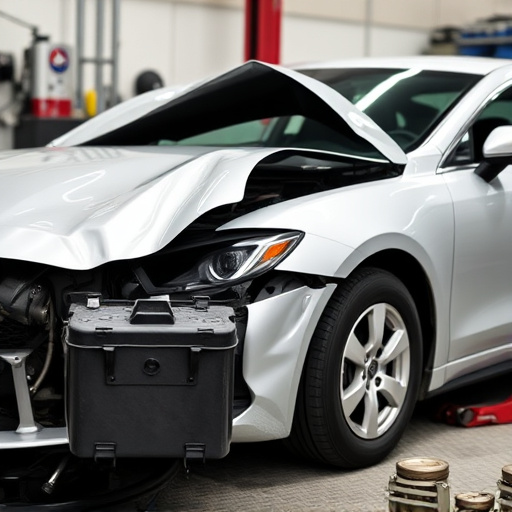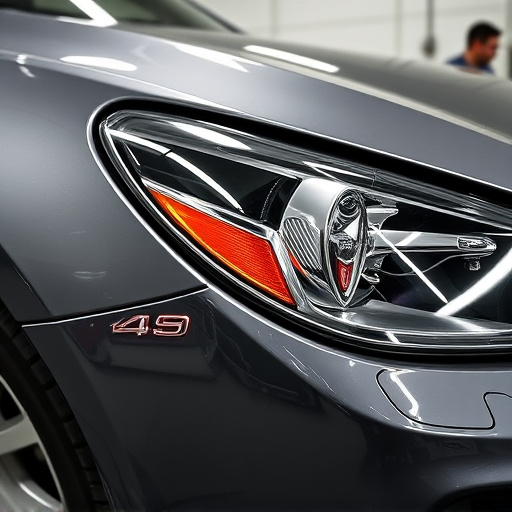Vehicle dent fixing involves assessing damage, using PDR for minor dents or extensive techniques like patching, priming and repainting for severe cases, with varying time frames based on severity, material type and weather conditions. Skilled technicians employ specialized tools, modern technology, and efficient workflows to optimize speed and accuracy, minimizing downtime and enhancing customer satisfaction.
Looking to fix a dent in your vehicle but wondering how long it will take? This comprehensive guide breaks down the entire vehicle dent fixing process, from assessment to completion. We explore various factors influencing repair time and offer tips to optimize efficiency. Understanding these aspects can help set realistic expectations and ensure a smoother, faster repair experience for your convenience.
- Understanding the Dent Repair Process
- Factors Affecting Repair Time
- Optimizing Dent Fixing Efficiency
Understanding the Dent Repair Process

The process of vehicle dent fixing involves several steps that can vary slightly depending on the severity and location of the dent. It typically starts with an assessment by a professional auto technician who will inspect the damaged area to determine the best course of action. This may involve using specialized tools to gauge the depth and extent of the dent, ensuring accurate estimation of repair time and cost.
Once the dent is accurately assessed, the repair process can begin. For smaller dents, a technique called ‘paintless dent repair’ (PDR) is often employed. This non-invasive method uses special tools to gently push out the dented area from behind the panel, effectively removing the imperfection without the need for extensive paintwork or body shop services. In contrast, larger or more complex dents might require additional auto maintenance procedures such as patching, priming, and repainting, which can extend the repair time accordingly.
Factors Affecting Repair Time
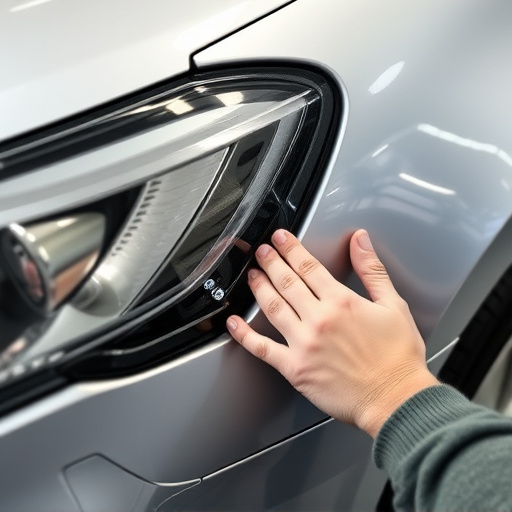
The duration of vehicle dent fixing can vary significantly based on several factors. One key determinant is the severity of the dent; deeper or larger dents typically require more time and complex techniques to rectify compared to shallow, smaller ones. The location of the dent on the vehicle also plays a role, as certain areas may be harder to access or require specialized equipment for safe removal.
Other influencing factors include the type of material used in the car’s body (such as steel, aluminium, or plastic), and the overall condition of the surrounding panel. In cases of severe damage, like hail damage repair, or extensive car scratch repair, the process may involve multiple stages, including priming, painting, and final finishing, each adding to the total repair time. Moreover, weather conditions can impact drying times for paints and adhesives, thereby affecting the overall duration of auto body repairs.
Optimizing Dent Fixing Efficiency
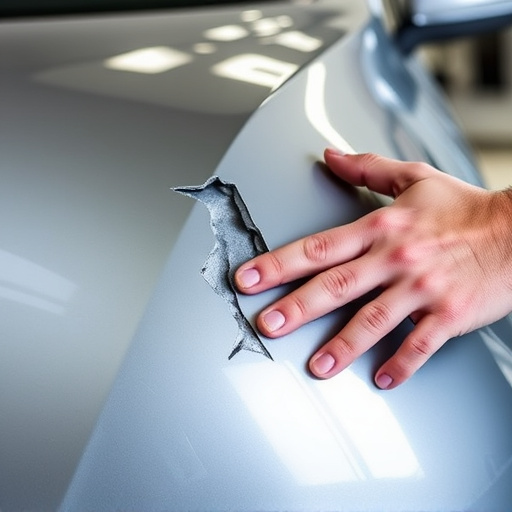
Optimizing Dent Fixing Efficiency plays a pivotal role in reducing the time and cost associated with vehicle dent fixing. Skilled technicians employ various methods to streamline the process, such as using specialized tools designed for precise removal of dents without causing further damage. Modern technology, including computer-aided design (CAD) software and robotic systems, has revolutionized collision repair by enhancing accuracy and speed. These innovations enable technicians to quickly assess the extent of the damage, plan repairs more efficiently, and execute them with greater finesse.
Furthermore, minimizing downtime between steps in the repair process is crucial. Efficient workflows, involving tasks like frame straightening and auto glass repair being performed simultaneously when possible, significantly shorten overall turnaround times. By optimizing these aspects of vehicle dent fixing, technicians can ensure that cars return to their owners faster, enhancing customer satisfaction and contributing to a more streamlined collision repair industry.
Vehicle dent fixing time varies based on several factors, from the severity of the dent to the technique used. Understanding these variables allows for more accurate estimates. By optimizing the repair process and utilizing efficient methods, dent technicians can significantly reduce overall vehicle dent fixing time without compromising quality. This ensures that your vehicle is restored promptly, saving you time and offering peace of mind.


